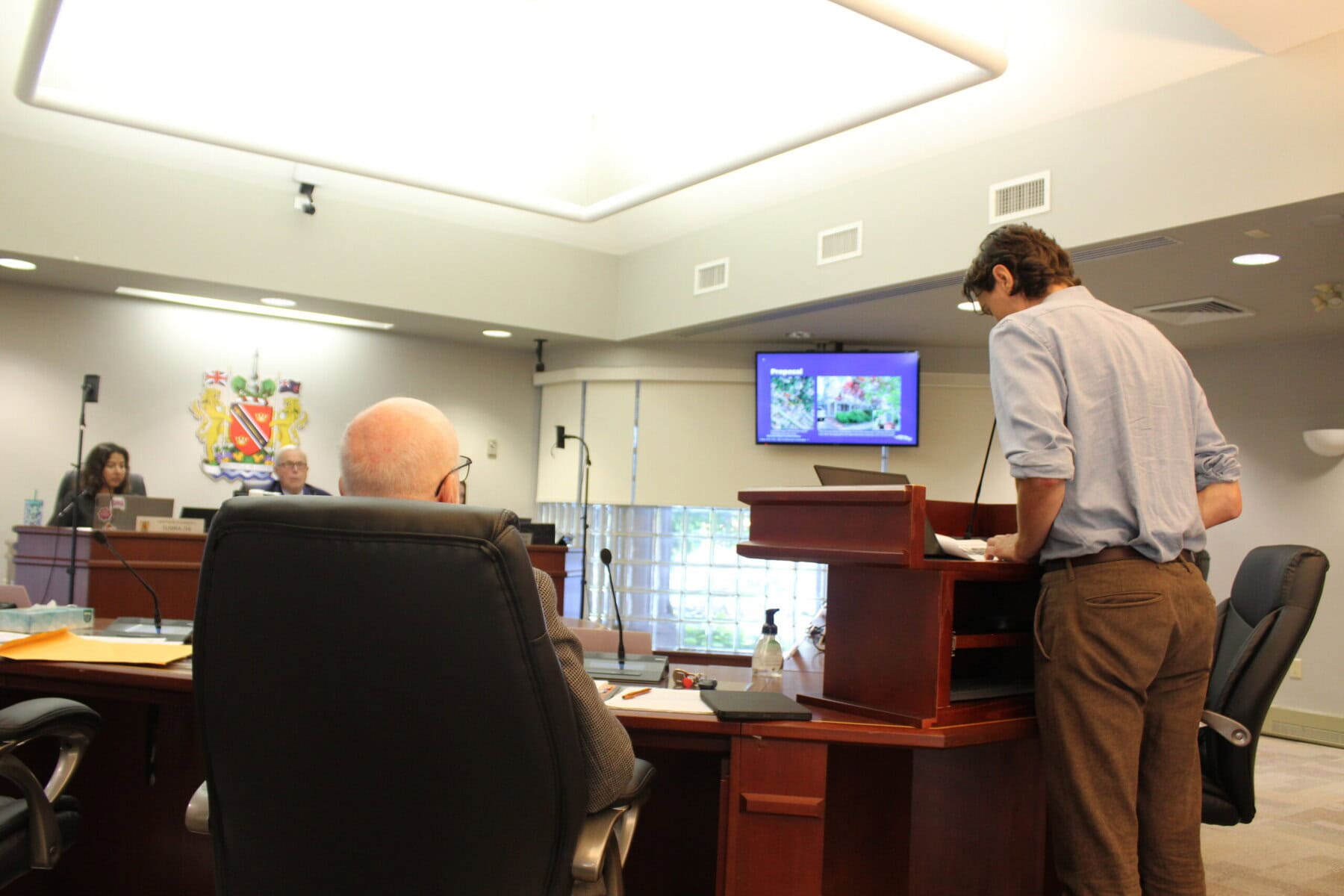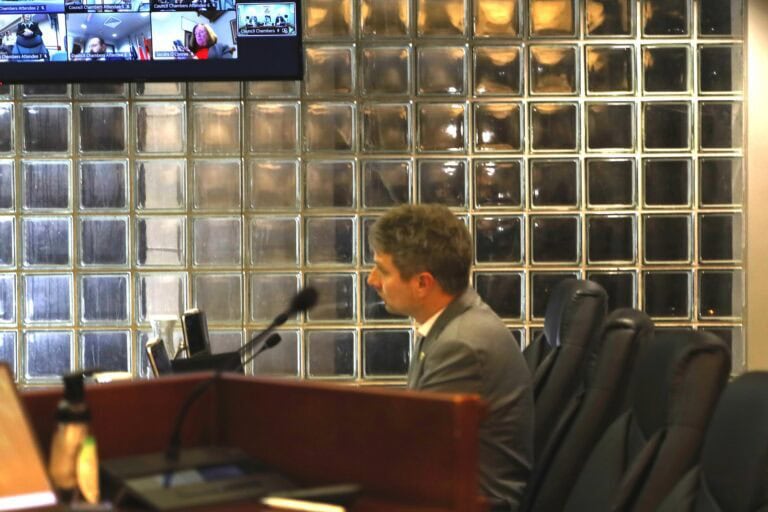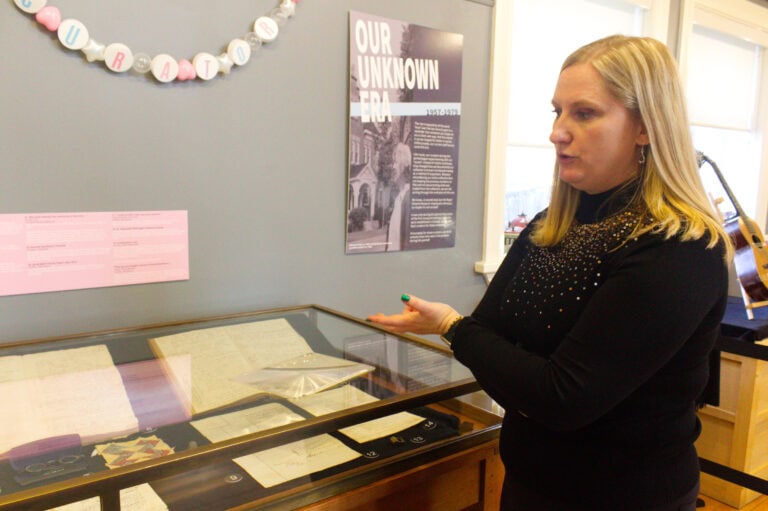The sun is setting on the Royal George Theatre.
The Niagara-on-the-Lake municipal heritage committee has approved the demolition of two heritage buildings at 178–188 Victoria St., despite some hesitation about the impact on the historical character of the neighbourhood.
The buildings, owned by the Shaw Festival and currently used as administrative offices, sit next to the existing Royal George Theatre. If approved by council, the land would be incorporated into the new theatre site.
While the committee’s decision is not final—council must still vote on the matter—it marks a key step in the Shaw Festival’s plan to replace the 110-year-old theatre.
“We’re making due progress,” said Tim Jennings, executive director of the Shaw Festival.
Jennings told The Lake Report the Shaw will begin tendering demolition contracts for the Victoria Street buildings “immediately.” Once demolition is approved, he said, the process could begin within about two weeks.
It remains unclear which council meeting will vote on the demolition. Jennings said it could happen in early October, but no date has been confirmed. Coun. Gary Burroughs, a member of the heritage committee, also said he was unsure.
Jennings told the committee the goal is to demolish the Victoria Street buildings by late October and to take down the entire Royal George Theatre by late January.
The committee recommended demolition on the condition that a site plan agreement and a conservation and commemoration plan are completed. The Shaw submitted its site plan for the theatre in late August.
Every committee member except Coun. Tim Balasiuk voted in favour of the recommendation. Balasiuk said he feared the decision could set a precedent and harm the Queen-Picton heritage district, where the buildings are located.
“These are heritage homes we’re looking at demolishing,” he said. “Don’t make this commonplace.”
Michael McClelland, senior architect with ERA Architects, presented the Shaw’s application on behalf of the town. He acknowledged the demolition’s potential impact.
“This is a difficult decision,” he said. “We want to mitigate the loss of two buildings.”
Kasper Koblauch, an urban planner with ERA, said that despite the risk to the district’s heritage character, there was a “viable path to continue.”
Jennings echoed that to The Lake Report, saying demolition was a “reasonable choice” given the scope of the project.
The buildings are considered to have “contextual” heritage value, meaning they reflect the area’s character but are not designated heritage structures themselves.
Burroughs supported the recommendation but raised concerns about delays in new construction.
“When an application is made, when will a new structure go up?” he asked, adding he didn’t want to see an empty lot for two-and-a-half years.
Jennings said construction will begin immediately after demolition, so the space should not sit vacant for long. He previously said the new theatre is expected to be completed by summer 2028.
“It’s up there with hospitals in terms of complexity,” he said.
Other concerns included landscaping along Victoria Street. Committee member John Morley criticized the proposed tree size, calling the planned 45-millimetre caliper “laughable” and suggesting trees should be at least 120 millimetres in diameter.
The committee also discussed fencing during demolition and the design of open windows on the proposed ghost façade—a feature allowing people to see into some rooms from the street.
Committee member David Snelgrove criticized the lower-level windows, calling them an “attractive nuisance” that could pose a safety risk to children.
“I feel very strongly that these openings should not be openings,” he said. “They should be glazed.”
In response, Jennings told The Lake Report, “there’s a lot more conversation that has to get realized” before commenting further on that design detail.
The Shaw Festival has been working to redevelop the Royal George Theatre throughout the summer. The building, which has been owned and operated by the Shaw since 1980, is being replaced due to issues including flooding and foundational instability.
daniel@niagaranow.com










